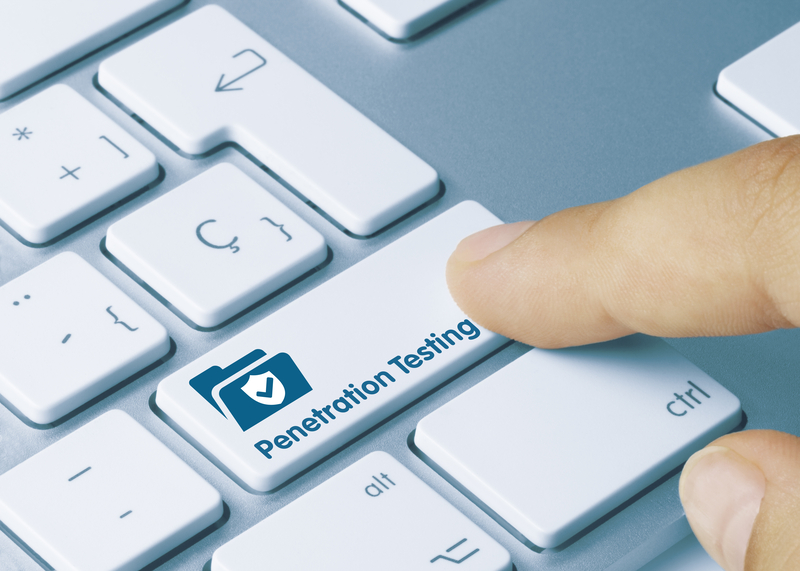
Bugcrowd boosts security resilience with new AI features
With attackers moving faster using AI tools and attack surfaces growing more complex, security teams need solutions that remove manual work, deliver secure, context-aware intelligence instantly, and help them shift toward a pre-emptive security model.
This is why Bugcrowd is launching new functionality in the form of Bugcrowd AI Triage Assistant and Bugcrowd AI Analytics, to bring unprecedented speed and intelligence and insights to the process of building security resilience.

AI use in the workplace soars with testing leading the way
A new report, based on data from 3.9 million skills tests taken by employment candidates globally, reveals a dramatic shift towards AI proficiency and cognitive capability across the global workforce.
The data from TestGorilla shows AI testing recorded the highest growth, up 166 percent in comparison to the previous year. Following closely are coding debugging (+133 percent), computer literacy (+77 percent) and data structures/arrays (+73 percent). Together, these underline the urgent demand for practical coding competence and AI fluency.

New AI testing solution helps avoid hallucinations
AI systems are only as dependable as the data and validation that lies behind them. Yet many organizations struggle to test AI models comprehensively across languages, regions, and use cases.
That’s why crowdsourced testing platform Testlio is launching a new, end-to-end AI testing solution as the latest addition to its managed service portfolio.

Use of AI-powered software testing doubles in the last year
A new report shows that 60 percent of organizations use AI in the software testing process, compared to just 30 percent last year, but 80 percent lack in-house AI testing expertise.
The study from Applause, based on a global survey of more than 2,100 software development and testing professionals, finds 92 percent of organizations are finding it challenging to keep pace with rapidly changing requirements.

New AI testing platform uses crowdsourcing to deliver better results
While crowdsourcing testing is increasingly popular the market has long struggled with lengthy setup times, inconsistent tester quality, poor signal-to-noise ratios.
Testing platform Testilo is seeking to address this with the launch of two new AI technologies, LeoAI Engine and LeoMatch. LeoAI Engine is a proprietary intelligence layer, while LeoMatch seeks to match the right testers to projects in real-time.

Neural networks and their effect on test and measurement [Q&A]
Historically test and measurement has been simply about collecting data and exporting it for later analysis. Now though neural networks make it possible to carry out the analysis in real time.
We spoke to Daniel Shaddock, CEO of Liquid Instruments, to find out more about what this means for businesses.

Free open-source Woodpecker aims to make red-teaming more accessible
Runtime AI defense platform Operant AI is launching Woodpecker, an open-source, automated red teaming engine, that isn't for the birds but aims to make advanced security testing accessible to organizations of all sizes.
As organizations increasingly adopt complex cloud-native applications and AI technologies, security vulnerabilities have become more sophisticated and challenging to detect. Woodpecker is designed to help organizations proactively detect and address security vulnerabilities across AI systems, Kubernetes environments, and APIs.

Enterprises shift to software-based pentesting
The latest State of Pentesting report from Pentera reveals that over 50 percent of enterprise CISOs now report using software-based pentesting to support their in-house testing practices.
Based on research conducted by Global Surveyz, the report notes that 50 percent of CISOs now identify software-based testing as a primary method for uncovering exploitable security gaps within their organizations.

Detectify improves app security testing with intelligent recommendations
Security teams know they need to test their main applications, but they often struggle to identify which other assets to cover. On average, organizations can miss testing nine out of 10 of their complex web apps.
Security testing platform Detectify is announcing the launch of its new Asset Classification and Scan Recommendations capabilities which enable organizations to easily identify and swiftly act on their complex web applications.

Google calls the AI fuzz to find vulnerabilities
Not familiar with 'fuzzing'? It's a software testing technique that involves feeding invalid, unexpected, or random data into a program to detect coding errors and security vulnerabilities.
Back in August 2023, Google introduced AI-Powered Fuzzing, using large language models (LLM) to improve fuzzing coverage to find more vulnerabilities automatically -- before malicious attackers could exploit them.

Uncovering GenAI's unsung heroes [Q&A]
There's no doubt that AI is seen as flavor of the month across many sectors at the moment. But how much of this is hype and how much genuine value?
We spoke to Martin Hawksey, collaboration engineer at Qodea, to discuss GenAI and the areas where GenAI is making a real difference, some of which you may not be aware of.

Only 16 percent of companies think their software testing is efficient
A new survey of 401 tech professionals from Leapwork shows that only 16 percent of businesses think their current testing practices are efficient.
Interestingly, AI could be making this worse, although 85 percent of total respondents have integrated AI apps into tech stacks in the past year, most (68 percent) have experienced issues with their performance, accuracy, and reliability.

Critical vulnerabilities rise but remediation times improve
A new report from security testing platform Synack shows a rise in critical-severity vulnerabilities in 2023 compared to 2022.
On a positive note though, despite mounting pressures on security teams, organizations have reduced their mean time to remediation for critical-severity vulnerabilities by 24 days and high-severity vulnerabilities by 18 days, down to 56 and 74 days, respectively.

More testing needed to ensure security of web applications
A new report from CyCognito looks at the challenges faced by cybersecurity professionals in protecting web applications, which have become prime targets for cyberattacks.
Organizations maintain dozens, often hundreds, of custom web apps, developed in-house and by third-party partners. What's more over 60 percent update web applications weekly or more often.

How AI is having an impact on software testing [Q&A]
Artificial intelligence is making its way into many areas of the tech industry, with the introduction of large language models making it much more accessible.
One of the areas where it's having a big impact is software testing, where it allows companies to provide better support to existing software teams and refocus their efforts on development.
